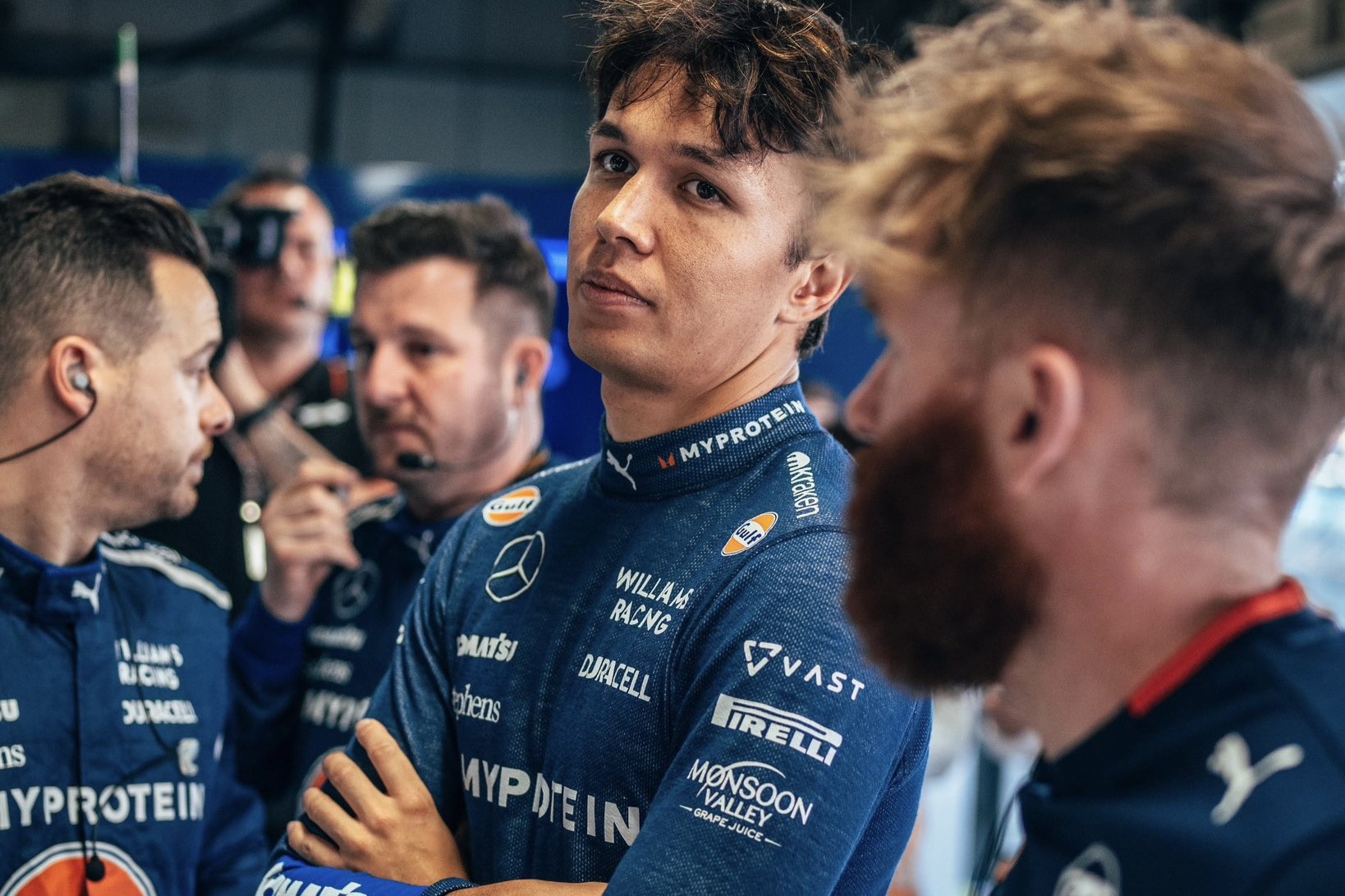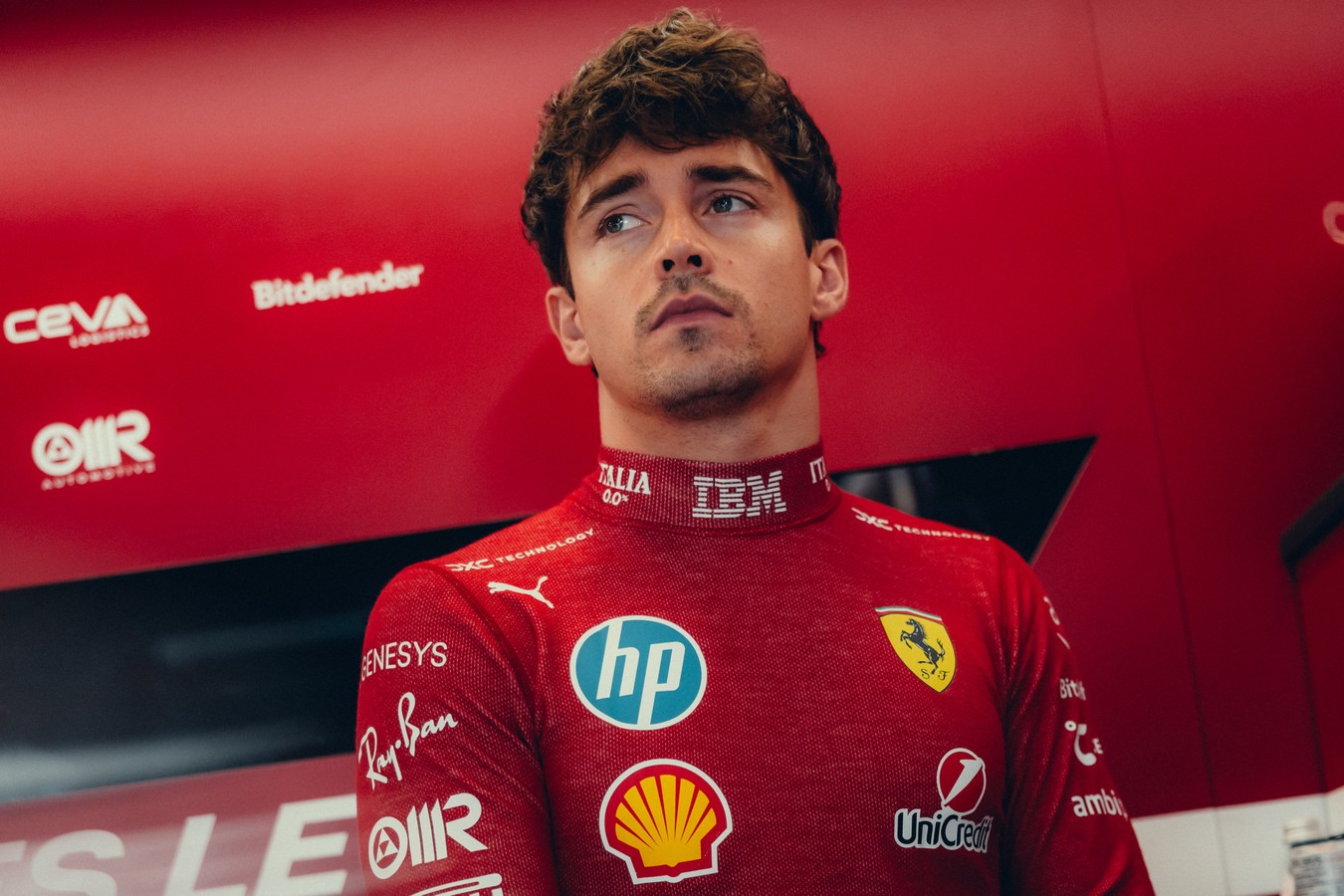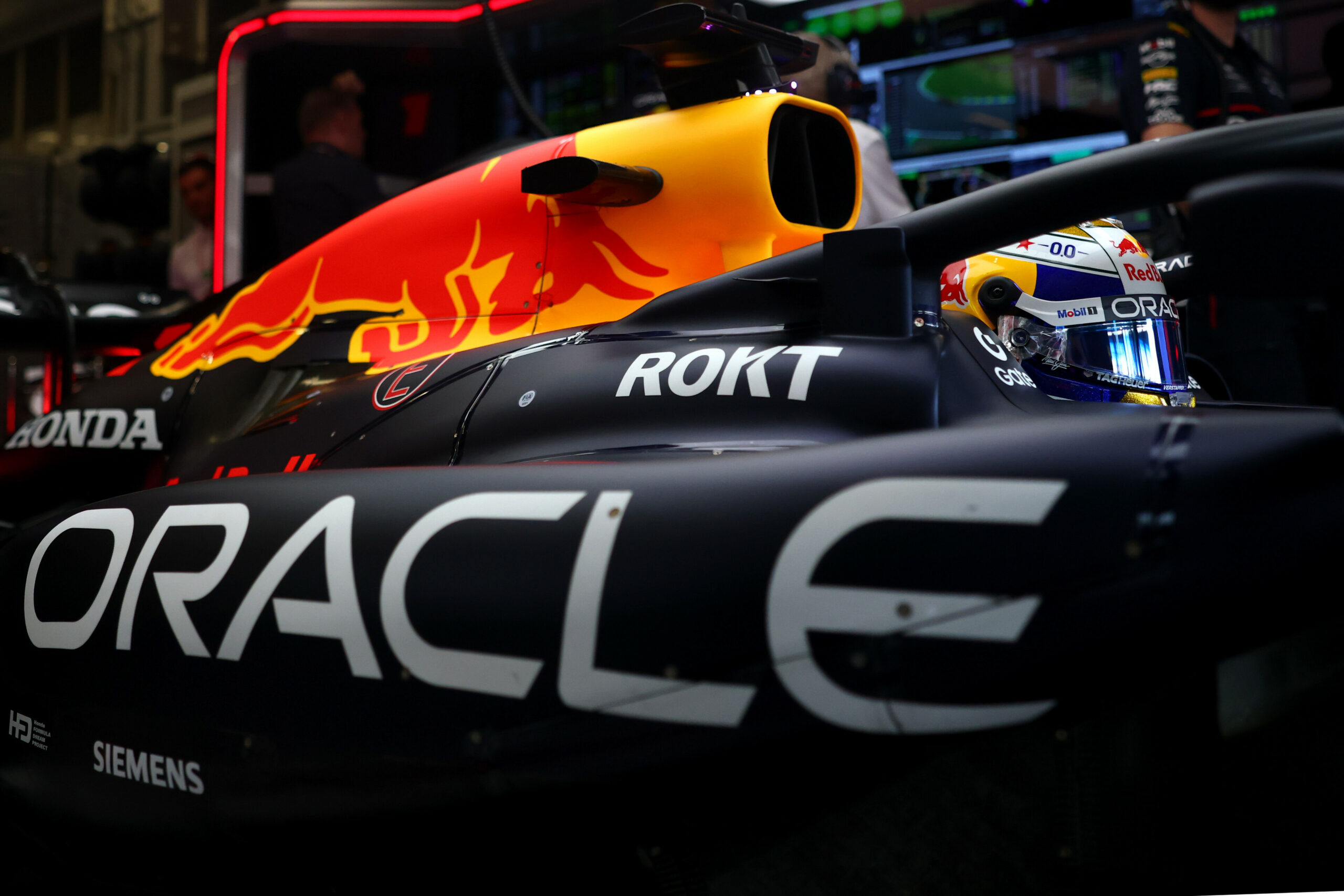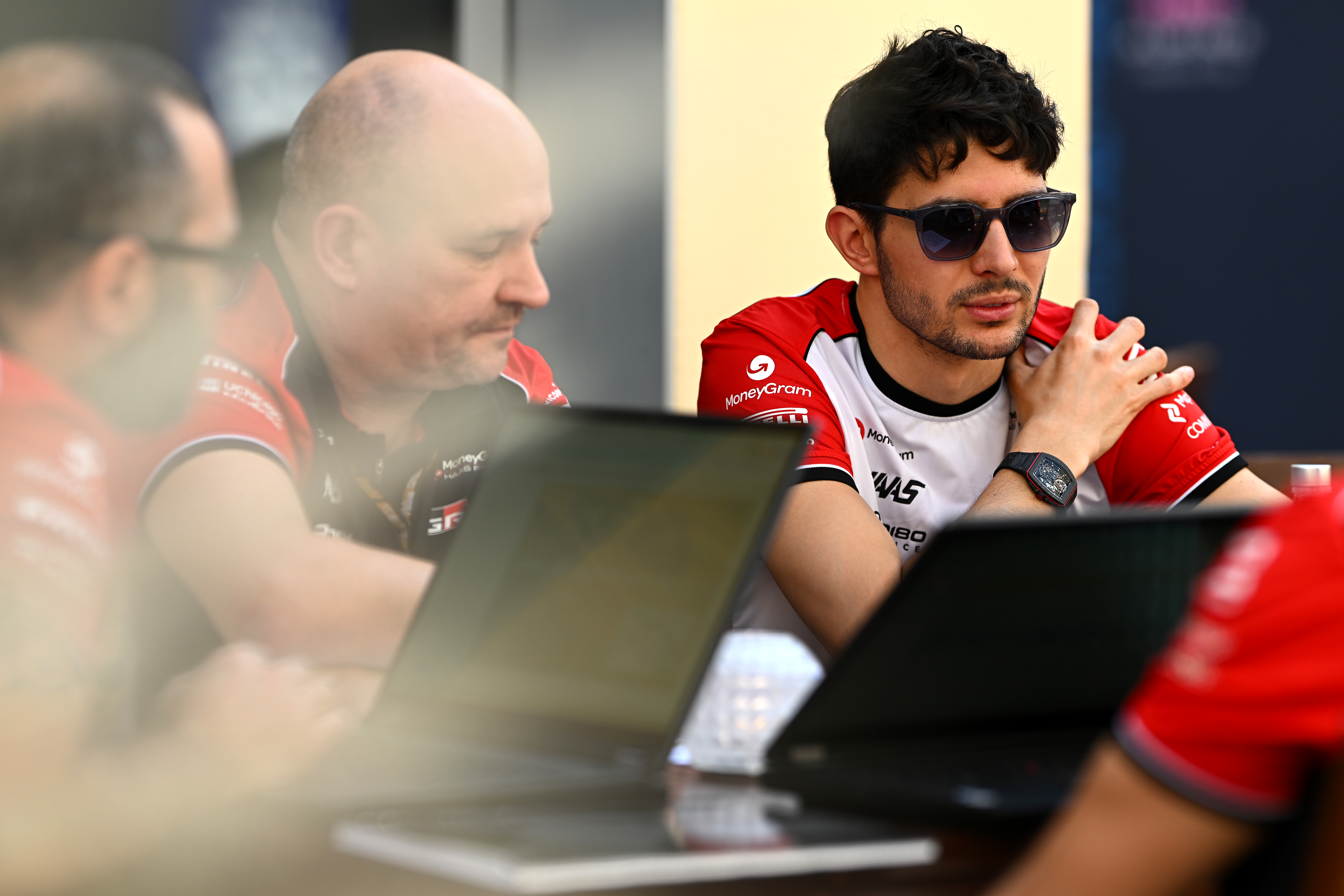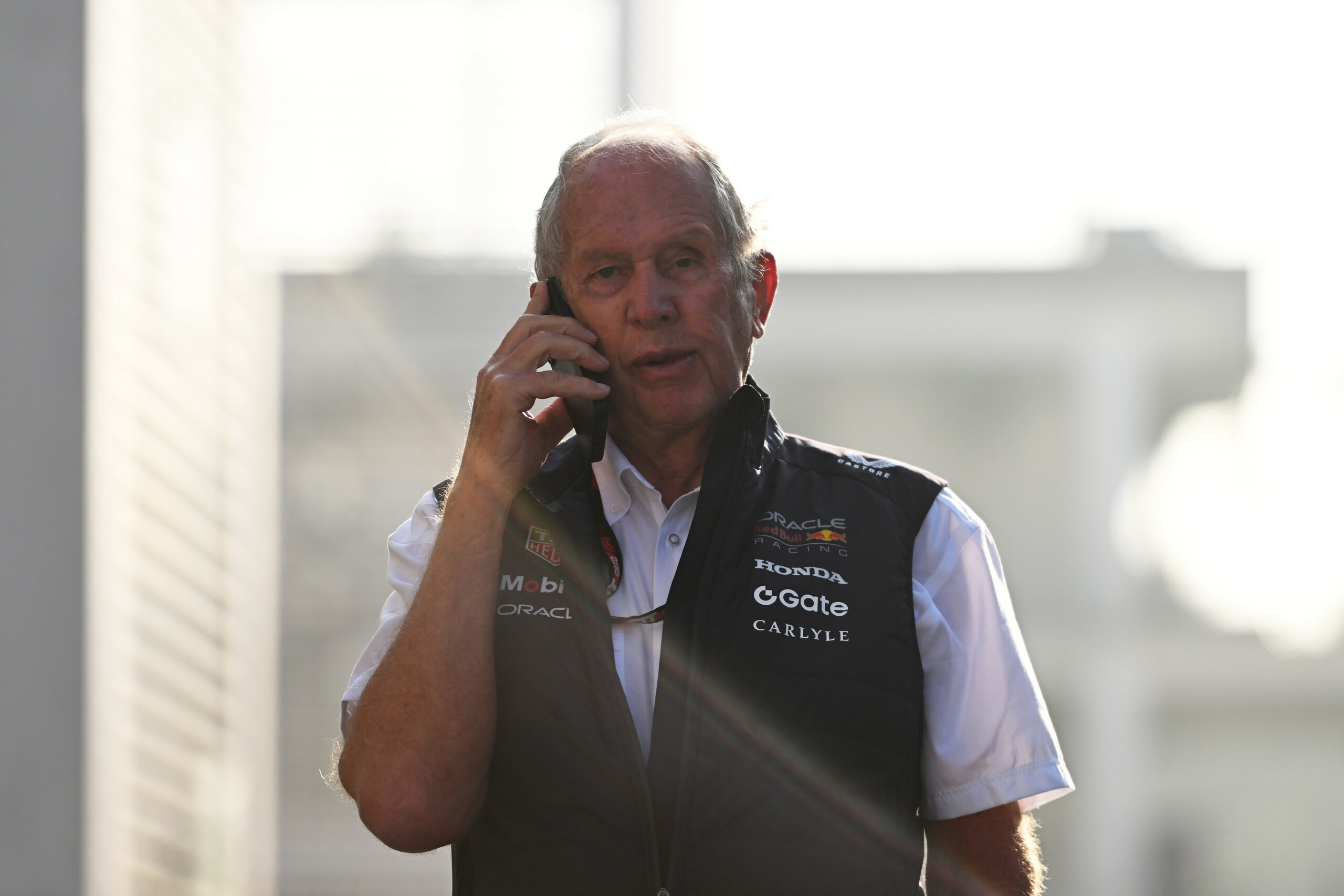In a nightmare scenario for the team, Alex Albon’s chassis sustained damage as a result of his opening-lap collision with RB’s Daniel Ricciardo in Japan. Albon ended up in the tyre wall as both drivers crashed out, triggering an early red flag.
Albon fortunately emerged unscathed, though he confessed that his thoughts immediately turned to the potential damage, considering the scarcity of spare parts.
This was the third major accident suffered by the team in the last two rounds. Albon’s crash in FP1 in Melbourne proved costly for Williams, who were forced to bench Logan Sargeant and hand off the car to Albon for the remainder of the weekend due to a lack of a spare chassis.
Halfway through FP1 in Suzuka it was Sargeant—running Albon’s repaired chassis from Australia—who spun off and suffered a heavy hit. Fortunately the chassis survived, but other parts, including the gearbox and suspension, were damaged. Sargeant subsequently missed FP2 but was able to participate in both qualifying and Sunday’s race, though he ultimately failed to score points.
Team principal James Vowles admitted they’re unlikely to have a spare chassis ready before the Miami Grand Prix in early May.
“The third chassis at the moment won’t be with us until Miami, a long way away.
“In terms of the chassis, if you put all of your resources, everything you possibly had within the organisation on it, it could be 8-10 weeks that you pretty much get a chassis done from freezer to something actually built and out there,” he continued.
“And that’s by the time you get to a third chassis. It takes longer for the first ones as you get used to the process.
“Clearly, we don’t have the whole organisation just working on that, we’re working at the same time on spares and updates, and trying to get the throughputs.”
He explained that Williams initially planned to have a spare chassis available from round one, but ended up being behind schedule due the complexity of the 2024 project.
“In our particular case clearly we have never had the intention of being here without three chassis, the intention was to have three right at the beginning of the year,” he said.
“It’s an outcome from just an overload within the system, the complexity of this car, and the amount that we were trying to push through.
“In terms of the complexity of it, it’s enormous. The chassis is thousands and thousands of pieces that you’re trying to bring together at the same time.”

